
Myrmica rubra tending aphids, Annacis Island.
I am working again with ants this summer, and have been getting out a bit for work and on the weekends for special outings. I have been accumulating a number of excess photos over the past few weeks that don’t really fit in with the special topics (Guyana, Expeditions, Okanagan) so I have put them together here. I hope you enjoy them!

Myrmica specioides ascends a blade of grass.

Carabus nemoralis in the hand…Worth two in the bush!

Formica oreas workers cutting some grass for their roof. These are “thatching ants” and the top of their nest is insulated with cut grass. Annacis Island
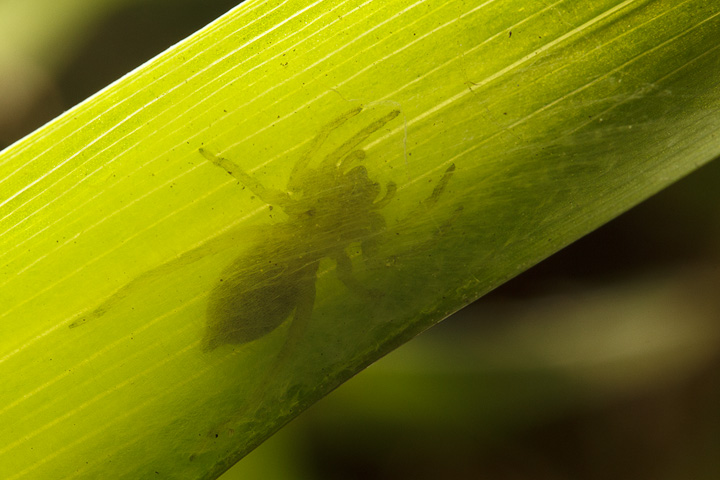
I see you, sac spider! South Burnaby.

A tetragnathid on a flower. Iona Beach, Richmond.
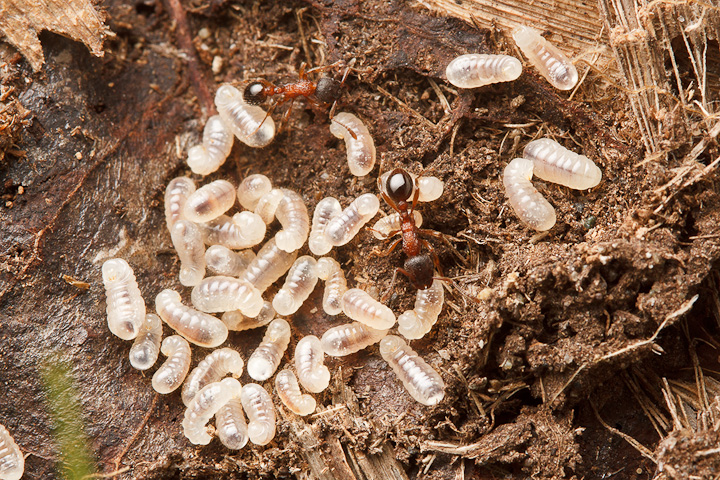
Myrmica incompleta, moving larvae to safety. Iona Beach, Richmond.
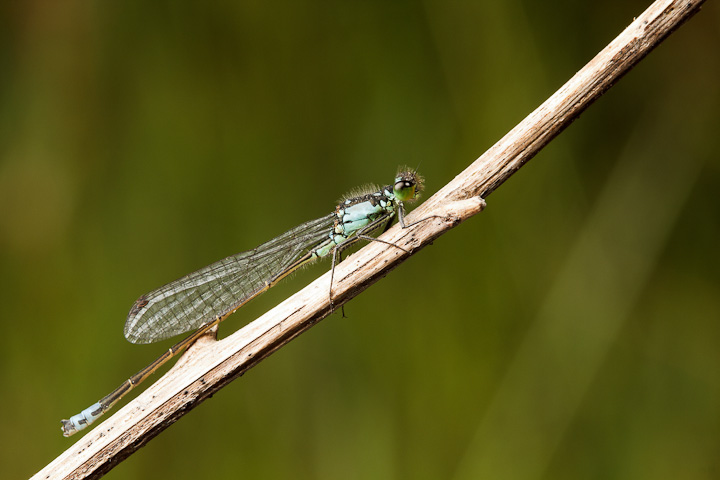
A damselfly, still sleepy in the early morning. Iona Beach.

Trying for a bit more detail with the Raynox DCR 250.
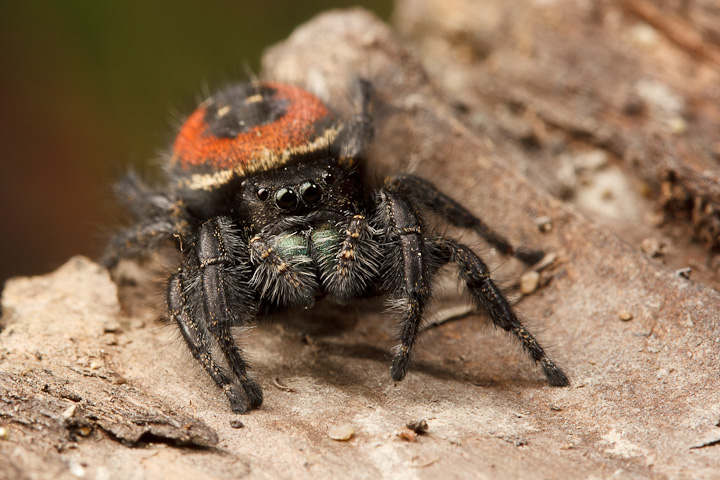
Phidippus johnsoni. Iona Beach.

A wolf spider with a great egg sac. Iona Beach.

A gorgeous Sialis alderfly, Chilliwack.

The Ammophila are out again! McDonald Beach, Richmond BC.
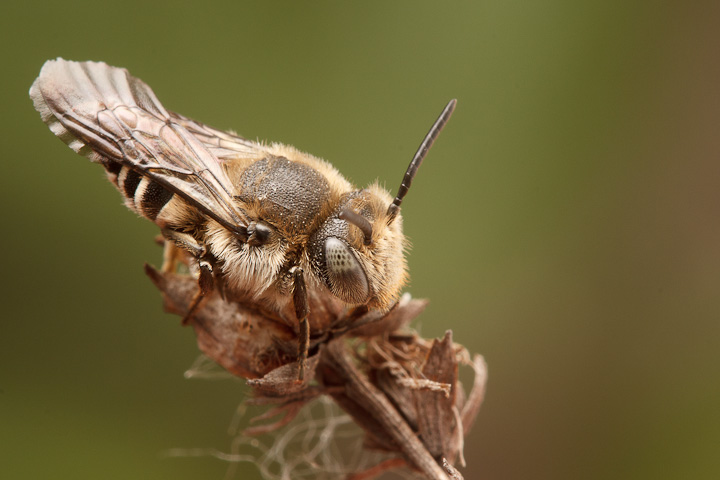
And speaking of sleeping Hymenoptera, here is my first Coelioxys of the year! Iona Beach, Richmond.
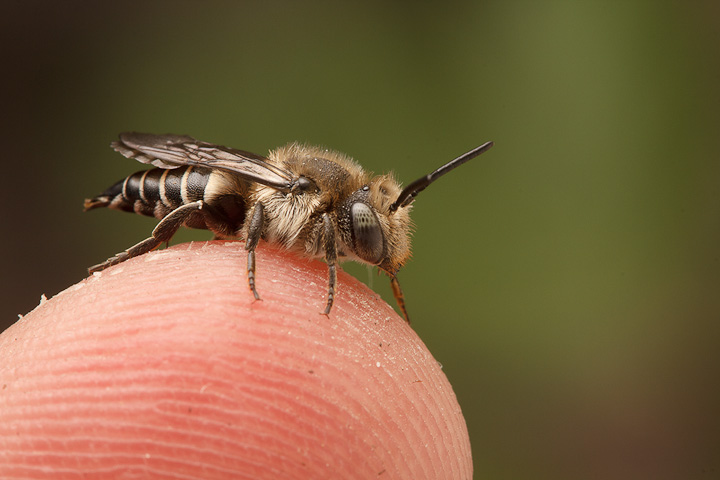
With fingertip for scale.

A gorgeous sawfly from Maplewood Flats, North Vancouver.

You can get some really diffuse, wrappy light with just a handheld reflector!

A big, likely gravid Dysdera. Iona Beach.

Speaking of Dysdera, Catherine and I had some dysderalings! (Well, one of our captive females did).
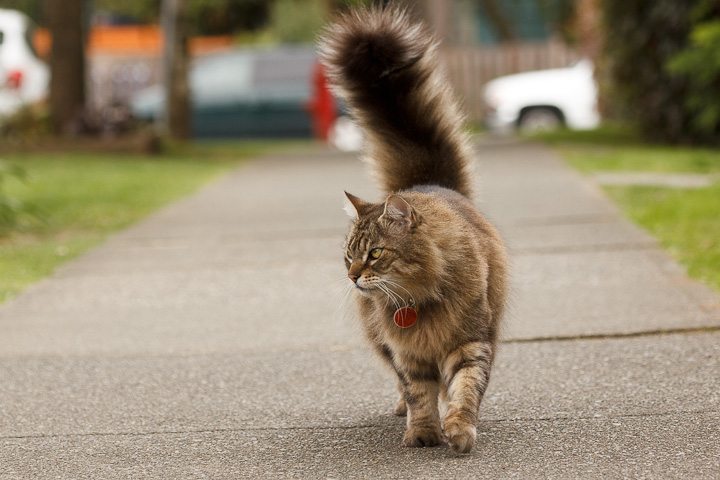
Local badass cat! Super friendly though! Vancouver.

Here is an amazing mite, probably an undescribed species of Lasioerythaeus! McDonald Beach, Richmond BC.





















Good shots. Love your commentaries as well.
Thanks mom!
Don’t know if it’s just me today or your photos, Sean, as all the photos in your posts are good but these sem especially good. Perhaps it’s the ligh, the clear sharply focused close shots or ’cause they’re ‘bugs’, one of my favourite subjects. But I’m really enjoying them! Love the requisite little jumping spider included and, of course, the cute cat. 🙂
How are you able to tell the difference between M. specioides and M. rubra? They both look red and I can’t see a difference. You likely mentioned it before in a previous post but I don’t remember. Never knew you studied ants or is it one of the many subjects you study? And one last question, what caused the ant larvae to be so exposed? They’re normally well protected below ground out of reach of predators.
Hi Jude,
thanks for the comments! Many of these photos are taken with both a diffused flash and a bounce card (usially to teh right of the subject). This gives the light a real “wrapping” effect.
M. specioides and M. rubra are indeed similar, they differ chiefly in the shape of the base of the scape (1st antennal segment). In this view, you cannot really see these differences. In this photo: https://flic.kr/p/nYs6X3 you can see that the base of M. specioides’ scape is sharply bent. M. ruba has just a gentle curve.
The ant larvae are exposed because I flipped a rock up to find them! This time of year they like to put their larvae under rocks because they heat up early and stay warm all day. This allows the larvae to develop faster. If it gets too hot, they have more brood chambers further down they can bring them to. I have been doing ant work for a year now, and hope to do more in the futrre.